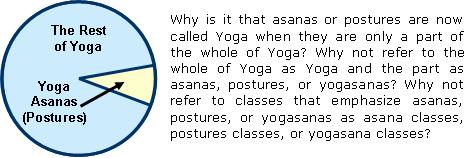Our minds are particularly affected by the following 3 things:
- Our Concept of Time
- The Company We Keep
- Our Diet
Our body changes with time. Time can have a powerful impact on our mind, and subsequently, our body. Our state of mind and the accompanying feelings tend to fluctuate, and quite often, even multiple times throughout a day!
Patterns of thought also get affected and occasionally overwhelmed by time. Each of the seasons: winter, summer, spring, and fall all affect the mind differently. People from several ancient civilizations did in-depth studies about time, including how the movement of the moon affects the mind, and how it moves around and through the different constellations. They learned how the different degrees of the moon in relation to the cosmos can have a definite impact on the mind. That’s why some used the words “Tara-bal” and “Chandra-bal” (“Tara” means star and “bala” means strength. When Vedic Astrologers refer to Tara Bala, they are referring to the placement of the planets in certain relationships with that of the Moon), and (“Chandra-bal” is lunar strength and represents the positive or negative effects of the moon on human bodies). The moon is typically in one constellation for two and a half days and then it moves to another constellation. So in those two and half days changes are likely to occur in our mind, affecting our mood.
So with all this in mind, the question arises; “Has our mind made us its slave?”
We can emphatically say, “No.” There is stronger influence beyond our mind and that is our intellect. When our intellect exercises its strength, it overcomes the impact on our mind. When our intellect weakens, then our emotions exert their force on our mind. Now, what if our intellect also becomes affected? Then we must realize that something that is beyond our intellect and that is the Self and that Self is Shiva Tattva.

Shiva is the master of the time. So when we take refuge in the Shiva Tattva or higher Self, then the impact of time is minimized, both on our mind and on our body.
So time impacts our mind and time has definite measurements. Similarly the company we keep, the people with whom we spend time also affects us. What we listen to impacts our mind. When we are in good company then it has good impact on us. When we are in bad company then negative emotions like anger, jealousy, etc., affects us in a negative way.
Then the third thing that affects the mind is the food we eat. Food choices are secondary and are not ultimately that important? If the first two (time & company) are positive and in balance, then they can take precedence over the problem of bad dietary choices.
According to Hindu scripture, those who know time are called Devagya (one who knows God). They know about time and all this in accordance with the Divine will of time. Rule of time is Divine, thus those who know time are called Devagya.
Above God is Brahma-gnan (one who knows the Self). A Brahma-gnani is considered above a Devagya. Brahma-gnani is created by being centered in the Self. What I am is what you are, and what everything else is too. When you are established in the firm experience and faith that brings Brahma-Gnan nothing can shake you. Brahma-gnan is bigger than all other gnan (knowledge).
Stay tuned, coming up next we will continue with the series “Approaches to the True Goal of Yoga” (Part 7)
Rae Indigo is ERYT 500







